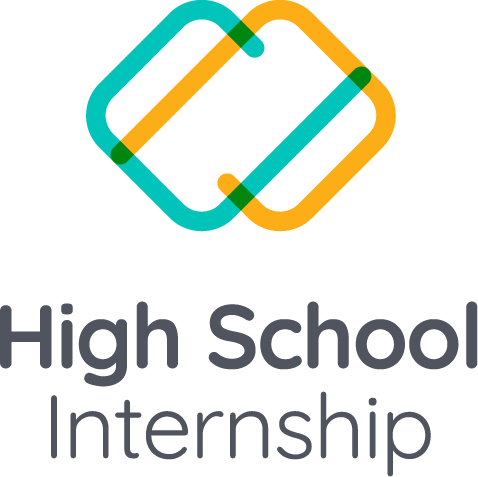I started volunteering in 2010 as a coach and officiator for local educational robotics competitions. Entering a world of deep and impactful learning, I soon realized it did not resemble any previous learning environments that I had been exposed to in my education. I began to wonder how we could inspire this learning to take place in classrooms. So, inspired by adult-oriented hackerspaces in Boston and San Francisco, I started a youth-focused Makerspace in San Antonio, Texas, outfitted with 3D printers, robots, laser cutters, and other equipment. We hosted maker learning summer camps and out-of-school activities, but teachers weren’t seeing the transformative classroom connections I was hoping for.
Maker Learning on the road
With some luck and a generous donation, I took the maker space on the road with a giant bus called the Geekbus. We took the maker space to schools instead of asking them to come to us, and it worked! We did workshops with students and teachers and shared new pedagogical approaches and interests in new technologies.
I have since continued to help schools all over the world start and grow educational maker spaces. I even host a virtual workshop series (Maker Educator Certificate) where I teach about the pedagogical foundations of Maker Learning as a mindset.
Changing your mindset
I have designed and expanded many maker spaces for schools over several years. In that time, I’ve also learned that the physical maker space is just a place where you keep “the stuff.”
When you keep all of the learning inside the maker space, it just creates another silo, where specific types of knowledge, tools, and materials are taught only to be used at certain times.
One approach to education is Transformative Maker Learning. The idea is that students can utilize various tools, materials, and equipment to facilitate learning. This way of learning spans across any subject and can take place anywhere.
What if students learned maths through the construction of playground equipment? What if they learned history through costume design and learned science through building models? This requires a mindset shift. It also necessitates high-quality professional development for teachers to feel comfortable and understand the impact of such types of learning.
To help teachers understand Maker Learning as a mindset, I have helped to develop four essential elements:
- Purpose: Students have to be connected to “the why” of the 犀利士 project and feel an authentic connection to it.
- Condition: A conducive learning environment must set the stage for curiosity, wonder, and occasional failure/struggle.
- Assessment: Students must be able to demonstrate what they know or have learned, but must be empowered to show their learning through the use of a variety of tools, methods, and modalities.
- Reflection: Students must be able to reflect on their work and ask “what have I learned from this experience?”
These four essential elements do not require any physical environment or specific space. Instead, students can use them anytime and anywhere with tools or materials, which allows Maker Learning to flourish as a mindset instead of being isolated into one particular space.
Want to explore further? Here are a few more articles to help you learn about Maker Learning!

